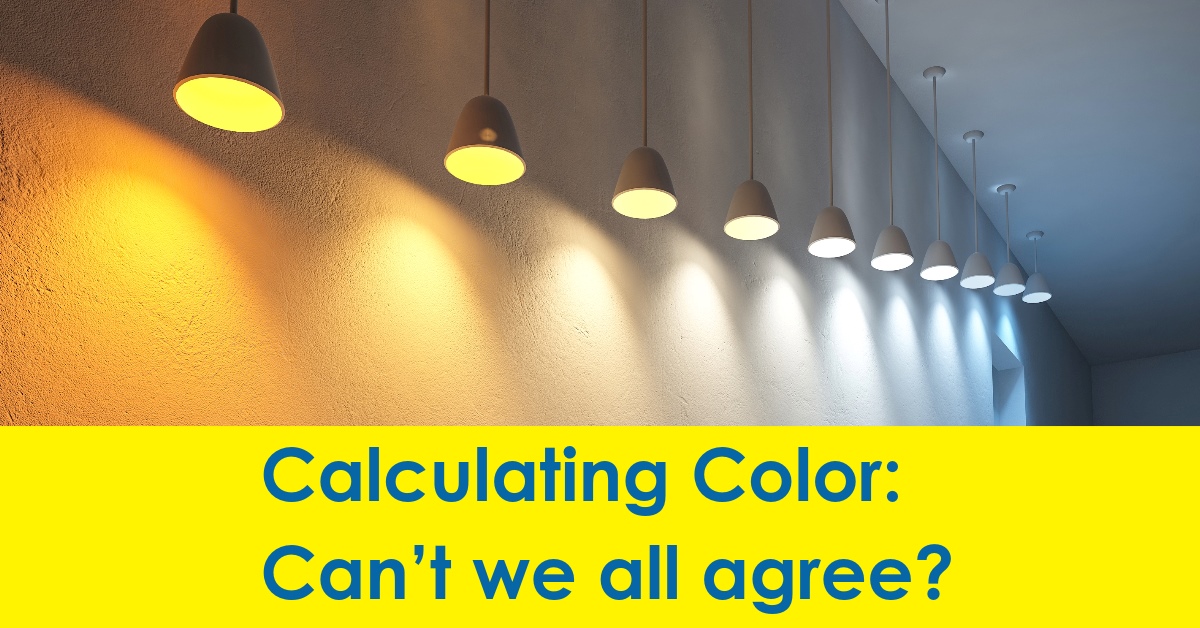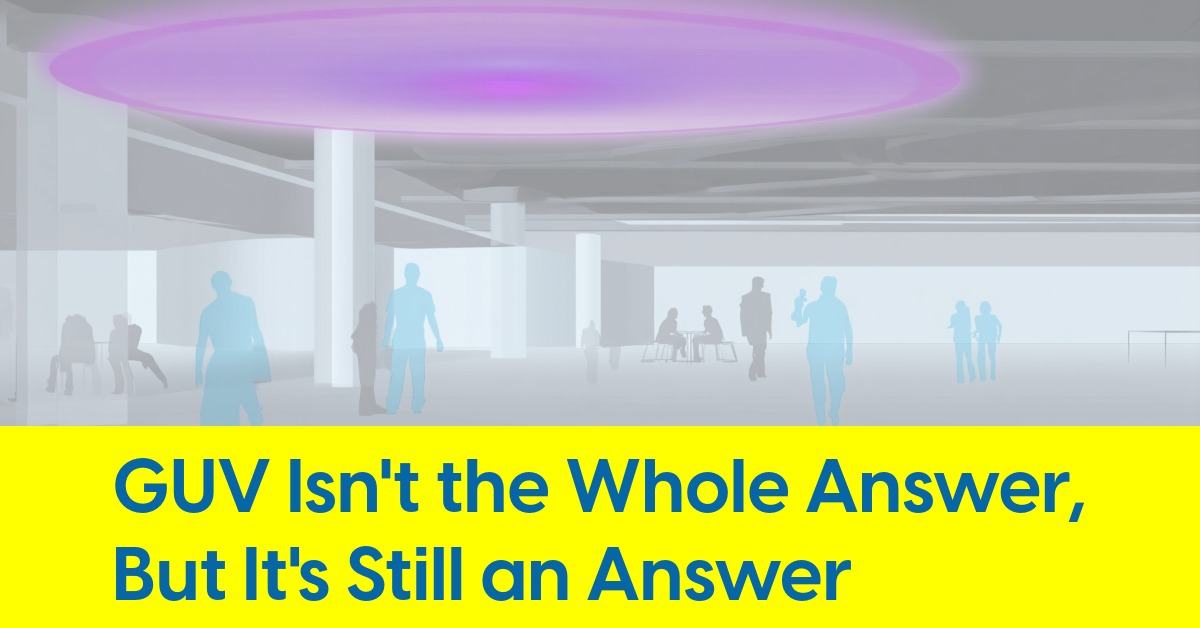September 15, 2023
Calculating Color: Can’t we all agree?

Researchers recommend a unified approach to arrive at CCT measurements
For specifiers, lighting manufacturers and building occupants, the accuracy of Correlated Color Temperature (CCT) measurements is important for numerous reasons, including ensuring color consistency throughout the lifespan of a project.
As outlined in a recent paper published in LEUKOS, the Journal of the Illuminating Engineering Society, professionals may utilize hundreds of distinct, varying methods for calculating CCT. A team of researchers recently set out to evaluate 40 of these methods, aiming to recommend a unified process for measuring CCT. Forty methods may seem like many, but that's seemingly more manageable than Paul Simon's "50 Ways to Leave Your Lover," and notably 59 short of Jay-Z's iconic 99 problems.
Let’s get lighting people on the same page
CCT is a vital metric for lighting professionals to evaluate light sources. Despite its significance, there's a lack of a universally accepted calculation method recognized by major consensus bodies like the Illuminating Engineering Society (IES), National Electrical Manufacturers Association (NEMA), or International Commission on Illumination (CIE). Over time, various methods for determining CCT have emerged, some dating back to the 1930s.
Recent technological advancements have paved the way for more sophisticated approaches that prioritize not just accuracy but also computation speed, especially vital in applications requiring real-time calculations. Additionally, Duv is recognized as a crucial metric complementing CCT, providing a more comprehensive specification of chromaticity. This study took an in-depth look into both the accuracy and speed of CCT and Duv calculations, employing a mix of existing methods and new combinations.
One of the broader goals of this initiative is to inform potential standardization decisions in the future by the Illuminating Engineering Society's Color Committee. The priority is not just about high accuracy, but also ensuring consistent and repeatable calculations across the board.
Arriving at the recommendation
Kevin Houser, Ph.D., Professor at Oregon State University explained to us, “At root, if the same chromaticity coordinates go into the computation, the same CCT and Duv should come out. Since that had not been the case, we performed an objective analysis of the many different possible computational methods.”
Kevin Houser co-authored the comprehensive technical paper alongside eight other experts from around the world, representing organizations such as PNNL, Signify, and ETC.
As the 40 methods were meticulously tested, existing methods from Robertson and Ohno were found lacking in desired accuracy. However, with some modifications and refinements to these methods, particularly in their Look-Up Tables (LUTs), the researchers found that the Robertson method with a 1% LUT consistently delivered fast and accurate results. As a result, the team recommended this particular method for adoption by lighting standards organizations.
Houser explains that the next step is the publication of an IES Technical Memorandum (TM), which is already under ballot. Pending an affirmative vote by the IES Color Committee, the TM will move to the later stages of the ANSI review process, which includes a public comment period. While the TM describes the recommended method, it's this paper that provides the substantiation for the recommendation.
Authors of the paper:
- Doug Baxter: Pacific Northwest National Laboratory, Richland, Washington, USA
- Eric Bretschneider: EB Designs & Technology, USA
- Tony Esposito: Lighting Research Solutions, USA
- Kevin Houser: School of Civil and Construction Engineering, Oregon State University, Corvallis, Oregon, USA; Pacific Northwest National Laboratory, Portland, Oregon, USA
- Wendy Luedtke: ETC, USA
- Kwong Man: Signify, Vancouver, BC, Canada
- Yoshi Ohno: National Institute of Standards and Technology, Gaithersburg, MD, USA
- Michael Royer: Pacific Northwest National Laboratory, Portland, Oregon, USA; School of Civil and Construction Engineering, Oregon State University, Corvallis, Oregon, USA
- Kevin Smet: ESAT-WaveCore/Light&Lighting Laboratory, Ku Leuven, Ghent, Belgium










